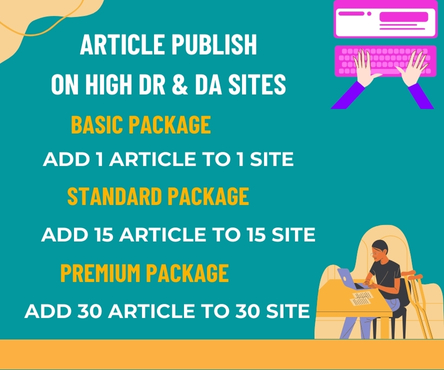Professional dog grooming is more than just a cosmetic exercise; it’s an essential aspect of maintaining a dog’s overall health and well-being. Dogs, like humans, require regular hygiene practices to prevent skin problems, detect potential health issues early, and enhance their quality of life. The science behind professional dog grooming and hygiene is rooted in understanding canine anatomy, physiology, and behavior. Visit now best dog grooming toronto
Canine Skin and Coat Anatomy
Dogs have a unique skin structure, comprising three primary layers: the epidermis, dermis, and hypodermis. The epidermis, the outermost layer, provides a barrier against external factors like bacteria, viruses, and allergens. The dermis, beneath the epidermis, contains hair follicles, sebaceous glands, and sweat glands. The hypodermis, the deepest layer, is composed of loose connective tissue and adipocytes.
The canine coat consists of two main types: the undercoat and the topcoat. The undercoat traps warm air next to the skin, providing insulation, while the topcoat repels water and protects the undercoat. Different breeds have distinct coat types, such as single-coated, double-coated, or wire-haired, each requiring specific grooming techniques.
Importance of Grooming
Regular grooming is crucial for maintaining the health and integrity of a dog’s skin and coat. Brushing removes dirt, tangles, and mats, reducing the risk of skin irritation and infection. It also distributes skin oils, promoting healthy coat growth and shine. Furthermore, grooming stimulates blood flow, which helps to detect any abnormalities, such as lumps, bumps, or skin lesions.
Hygiene Practices
Professional dog groomers employ various hygiene practices to ensure dogs are clean and comfortable. These include:
- Bathing: Regular bathing removes dirt, allergens, and parasites from the coat, reducing the risk of skin problems. The frequency of bathing depends on the breed, lifestyle, and individual needs of the dog.
- Nail Trimming: Long nails can cause discomfort, affect posture, and lead to health issues like arthritis. Regular nail trimming prevents these problems.
- Ear Cleaning: Dogs’ ears are prone to wax buildup, infections, and parasites. Regular ear cleaning helps prevent these issues.
- Dental Care: Poor dental hygiene can lead to bad breath, gum disease, and systemic infections. Some groomers offer dental care services, such as teeth brushing or scaling.
Detecting Health Issues
Professional dog groomers play a vital role in detecting potential health issues early. During grooming sessions, they may identify:
- Skin problems: Such as eczema, hot spots, or allergies.
- Lumps and bumps: Which could be indicative of underlying health issues, such as cancer.
- Parasites: Like fleas, ticks, or mites, which can transmit diseases.
- Dental issues: Such as tartar buildup, gum recession, or tooth decay.
The Role of Professional Groomers
Professional dog groomers are trained to understand canine anatomy, behavior, and hygiene practices. They play a crucial role in:
- Maintaining hygiene: By providing regular grooming services, such as bathing, nail trimming, and ear cleaning.
- Detecting health issues: By identifying potential problems early, allowing for prompt veterinary intervention.
- Enhancing quality of life: By providing dogs with regular exercise, socialization, and relaxation during grooming sessions.
In conclusion, professional dog grooming and hygiene are essential aspects of maintaining a dog’s overall health and well-being. By understanding canine anatomy, physiology, and behavior, groomers can provide tailored services to meet the unique needs of each dog. Regular grooming not only enhances a dog’s appearance but also detects potential health issues early, improving their quality of life. As dog owners, it’s crucial to recognize the importance of professional grooming and hygiene in ensuring our canine companions lead happy, healthy lives.

